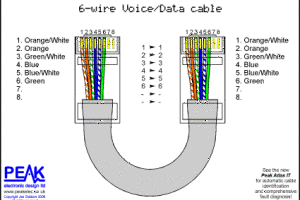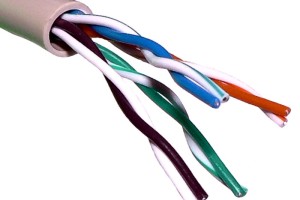Network Cable Testing
As networks are utilized and needed in more situations, and structured network cabling is applied to more locations and circumstances, the proficiency of the materials and supplies used becomes more and more important. Cables are constantly being invented and developed to be safer and to hold up longer and more effectively to harsher conditions. Cable testing has become a dependable way both to control the quality of newly made cable and cable network systems and also to troubleshoot issues that arise in already existing cable network systems. Many of these tools are of use mainly to network cabling professionals, though a few are designed to help laymen problem-solve there own network issues. As new cables are invented and pushed to the next level of use and application, so too is the standardization of these cables and tools. Thus, many cabling tests are run for the sake of certification and assurance that the cable stands up to the proper qualifications. Others test to make sure electrical levels and connectivity are functioning properly.
Certification-level testing is a binary system. The cable or network either passes or fails, either meets the standards set out or it doesn’t. The standards set out by the Telecommunications Industry Association (TIA) and/ or the International Organization for Standardization (ISO) are usually those applied, especially in North America. In Europe, Great Britain and Internationally, because the electrical systems and voltage run differently, the standards are also different, and cablers more often follow the guidelines of International Electrotechnical Commission (IEC). There are designated levels of connectivity, conductivity, frequency supportiveness and structural integrity that these cables and network tools must meet. Network cabling testers of various sorts test these levels in the hopes that the cable at hand meets the standards present. The tools used to accomplish this sort of testing are generally referred to as ‘Analyzers’, though are called different things by the different brand companies that produce them. Usually it is an all-inclusive tool used by cablers and cable supply companies to test materials, and it analyses the data it reads like a small computer to help communicate the information most effectively.
Qualification and Category testers work a little bit differently. These tools are used more to solve problems that arise in network cabling systems, and often test speed, connectivity and signal strength. For example, some network companies will sell their clientele packages that guarantee a certain internet running speed, and if those systems do not run at that advertised speed customers can receive free maintenance or waived service fees. Therefore, cable technicians must be able to test these networks to make sure that they are running appropriately and as claimed. These testing tools are often accurately called ‘Qualification Testers’ and also vary from brand to brand.
Verification testing tools are also used in the field, mainly to test for degeneration of preexisting systems, and to make sure that all connections in a network system are solid. These tools are more utilitarian and have less to do with communication efficiency levels and instead focus on actual functionality of the system. The various tools applied to network cable testing are sign of the responsibility taken by cable professionals for the quality and efficiency of the network cabling product. Making sure that your network cabling professional is informed about such testing is a good way to test the level of professionalism of your network cabling service and repair.




